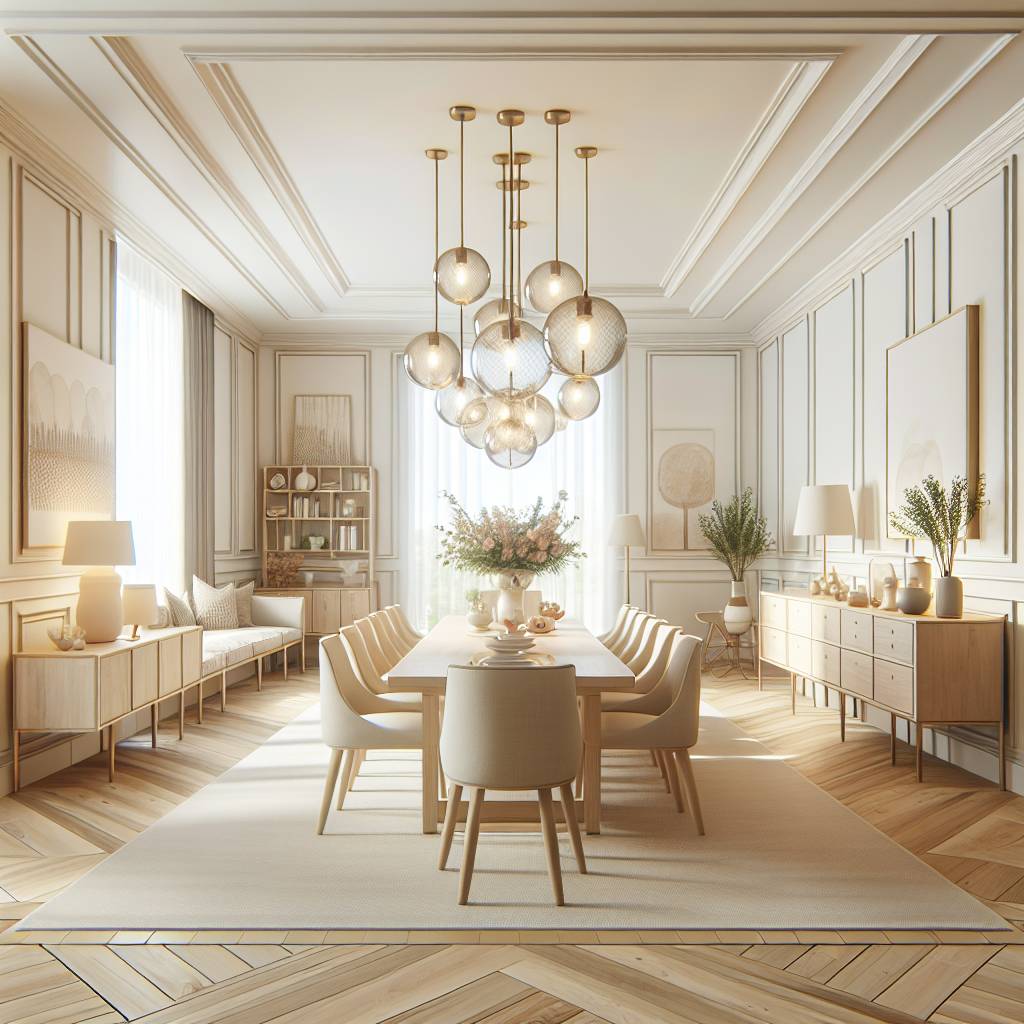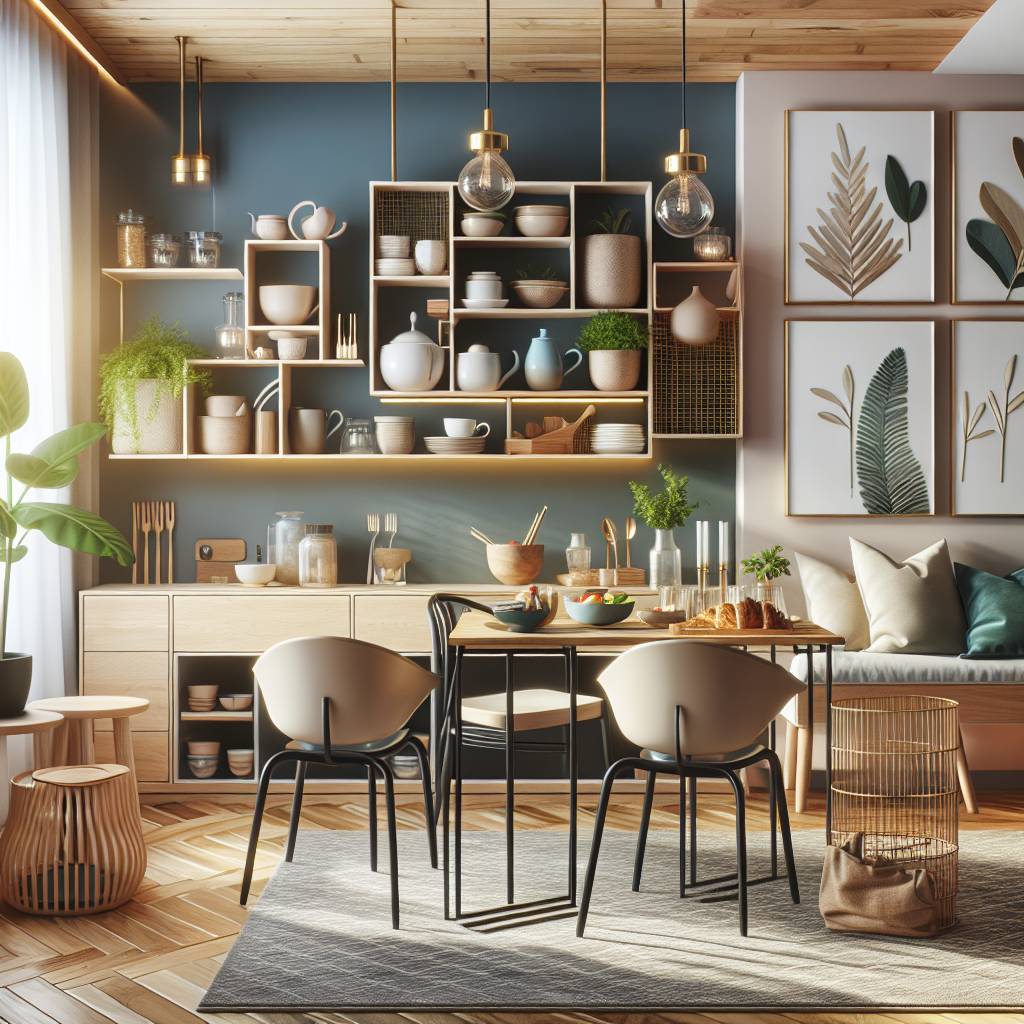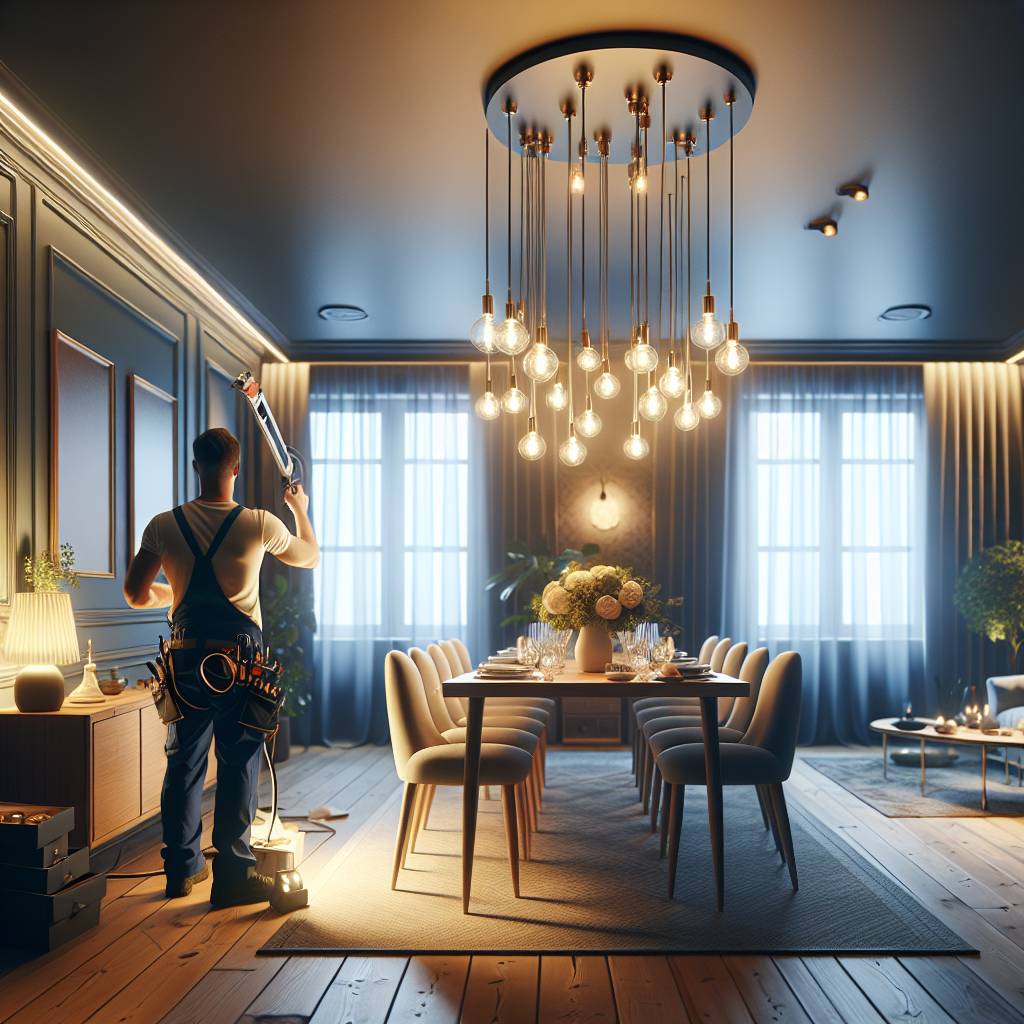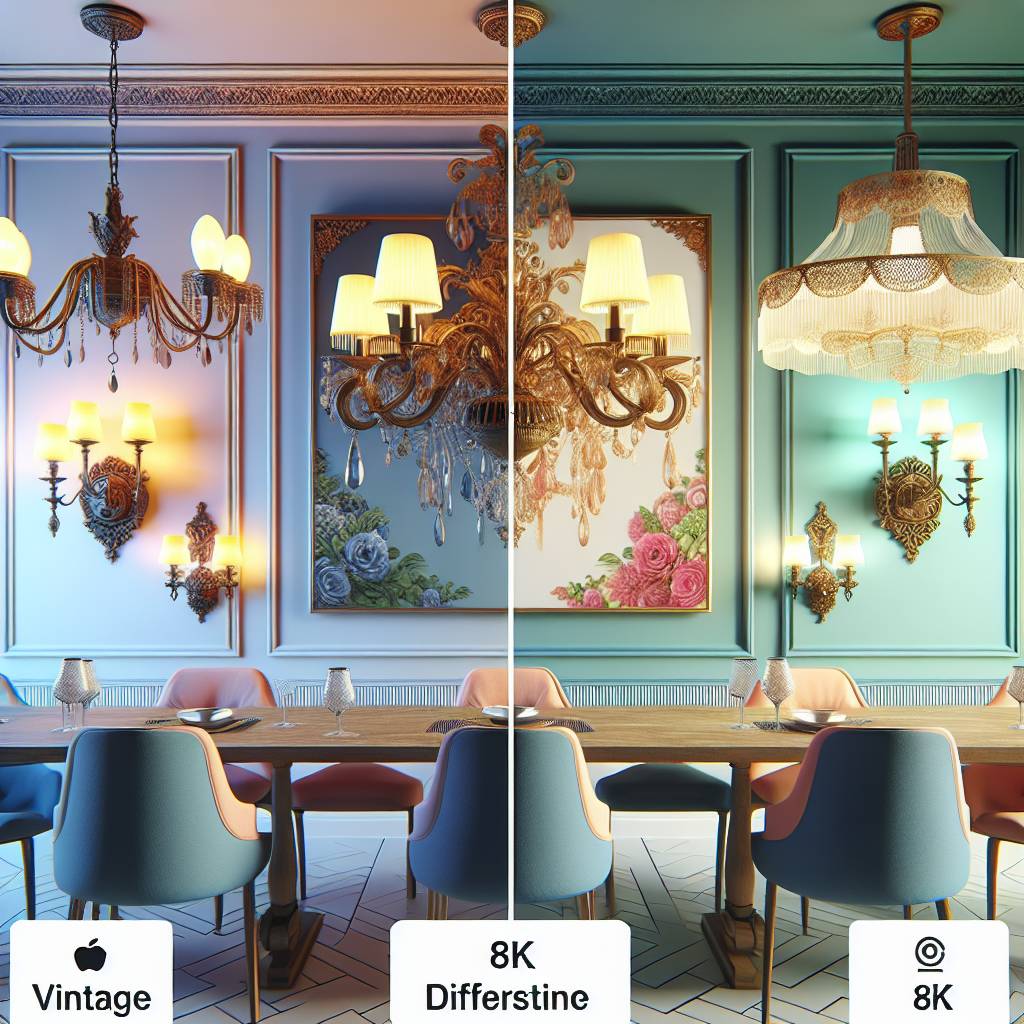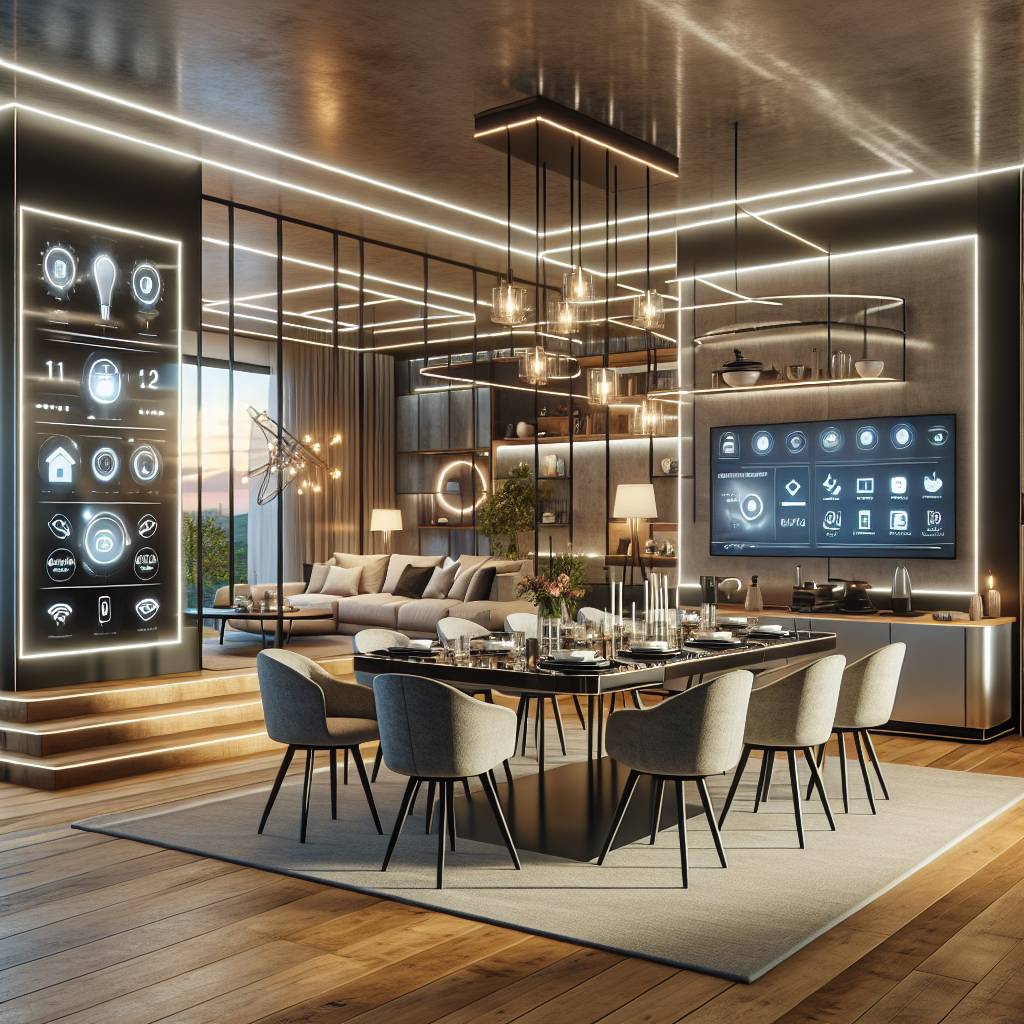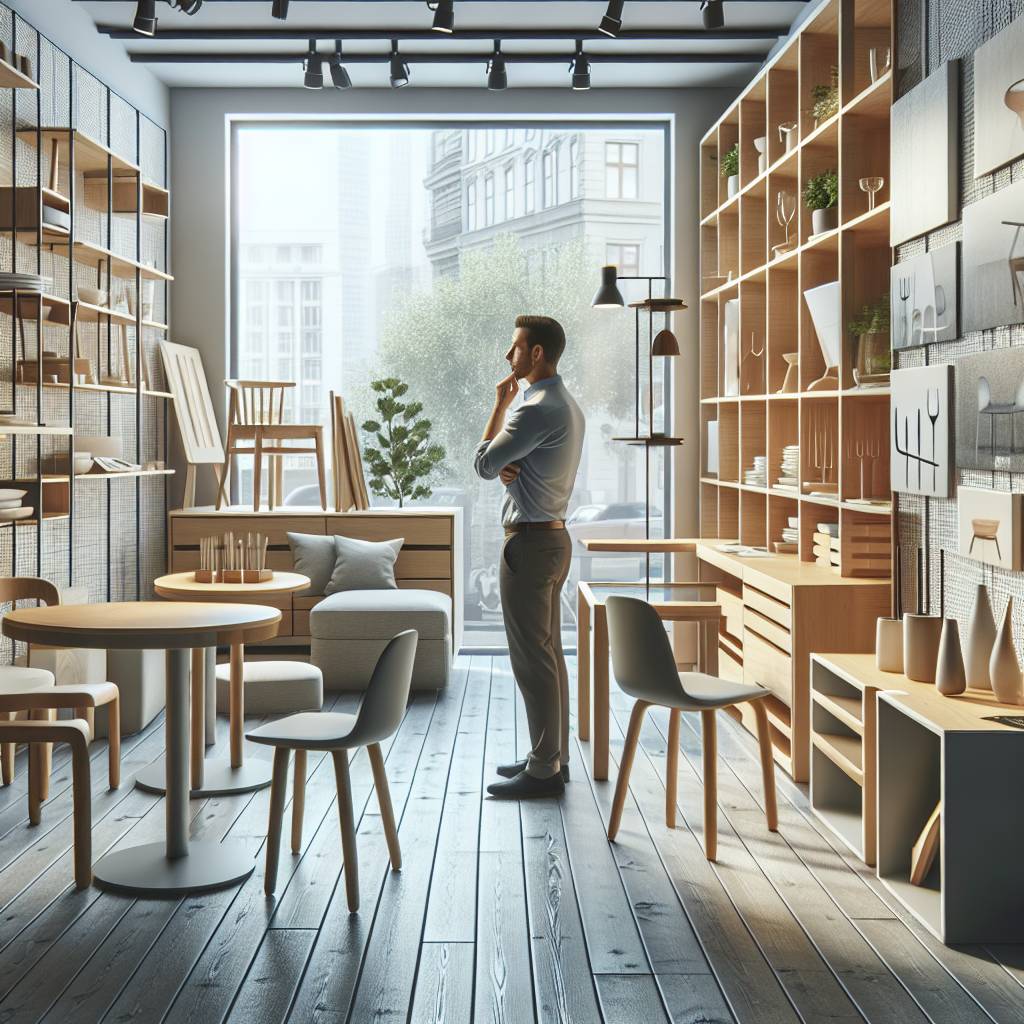Did you know that the color of your dining room can significantly impact its perceived size and light effect? By opting for light colors, you can create an illusion of spaciousness and airiness, transforming a cramped area into an inviting expanse. Lighter hues reflect more natural light, making the room feel larger and more open. In addition to visually expanding the space, these colors also contribute to a brighter ambiance that enhances the overall dining experience.
Key Takeaways
- Choose light, neutral colors: Opt for light and neutral colors like whites, creams, and light grays to create a sense of spaciousness in your dining room.
- Maximize natural light: Emphasize the importance of natural light by using sheer window treatments and strategically placing mirrors to reflect light and open up the space.
- Incorporate minimalist design elements: Utilize minimalist furniture and decor to maintain a contemporary and spacious feel in your dining area.
- Opt for a cohesive color scheme: Select a cohesive color scheme for your dining room to create a seamless and expansive look, enhancing the overall sense of space.
- Utilize vertical space: Make use of vertical space by incorporating tall, slim furniture pieces and hanging light fixtures to draw the eye upward and create a feeling of height in the room.
- Consider room layout and flow: Pay attention to the layout and flow of your dining area, ensuring that furniture placement and traffic patterns contribute to an open and spacious atmosphere.
The Influence of Light Colors
Room Size Perception
Light colors, such as pale blues and soft yellows, have the remarkable ability to make a room appear larger than it actually is. By choosing these light hues for your dining room walls, you can create an optical illusion of spaciousness. For instance, painting the walls in a light cream color can visually expand the boundaries of your dining area and whole room.
The strategic use of light colors contributes significantly to the perception of spaciousness. When paired with ample natural or artificial lighting, lighter hues reflect more light around the room, making it feel open and airy. This combination creates an expansive visual effect that makes your dining space seem larger than its actual size.
Psychological Effects
Beyond just creating an illusion of space, light colors also have powerful psychological effects on our emotions and perceptions. Opting for light colors like soft greens or lavenders evokes feelings of airiness in a confined area like a dining room. These shades foster a sense of relaxation and comfort while promoting a welcoming atmosphere for family gatherings or dinner parties.
The psychological impact of white light tones plays a crucial role in enhancing the ambiance within your dining space. By selecting calming shades such as pale blues or soft grays, you can infuse tranquility into the environment while encouraging feelings of warmth and conviviality among guests during meals.
Enhancing Spaciousness
Maximizing spatial perception through color selection and pendant lighting is essential for creating an inviting dining area that feels open and unconfined. Utilizing different shades from the cool end of the spectrum—such as pastel pinks or gentle lavenders—enhances spaciousness by visually pushing back the walls.
Selecting the Right Light Colors
When choosing light colors like white to expand your dining room space, several factors should be considered. First, take a good look at the natural light sources in the room. Light colors work best when they can reflect natural light, making the space feel brighter and more expansive. Consider the size and layout of your dining area. If it’s a small or narrow space, lighter colors can create an illusion of openness and airiness.
Another crucial factor is the existing decor and architectural elements in your dining room. If you have bold furniture or intricate architectural details, selecting appropriate light colors like white will help balance out these features while still creating an impression of spaciousness.
It’s essential to bear in mind that each of these factors, including white, plays a significant role in how effective light colors will be in expanding your dining room space.
Opt for soft whites and pale neutrals as ideal choices for expanding your dining room visually. Soft whites like ivory or off-white create a sense of purity and cleanliness while making the space appear larger than it actually is. Similarly, pale neutrals such as cream, beige, or white contribute to a feeling of openness by reflecting more light around the room.
Choosing off-white or pale gray shades and cool light can also be an effective way to subtly expand your dining area without overwhelming it with too much brightness.
Understanding warm versus cool tones is crucial when selecting light white colors for expanding dining room space visually. Warm tones like ivory tend to add coziness but might not necessarily make a small area feel larger unless balanced with other elements such as lighting fixtures or decor items.
On the other hand, cool tones like soft blue, a light color, have been known to evoke feelings of serenity and tranquility while visually enlarging spaces due to their receding properties.
Experimenting with both warm and cool color options within these categories, such as white, will allow you to see firsthand how each affects spatial perception differently.
Design Tips for Expanding Space
Strategic Lighting
Strategically positioned lighting fixtures can significantly enhance the impact of light colors in expanding dining room space. By placing lights strategically, you can accentuate the sense of spaciousness created by the chosen light color palette. For example, a well-placed pendant light above the dining table can draw attention to the entire area, making it feel more open and airy. Using adjustable lighting options allows you to control brightness levels and create different moods that complement your chosen light colors, including white.
When considering strategic lighting, think about how natural light interacts with your artificial sources. Natural light from windows or skylights should be utilized to its fullest potential by keeping window treatments minimal or using sheer curtains that allow maximum sunlight penetration. This way, you can amplify the effect of both natural and artificial lighting working together to expand your dining room space visually.
Paint Color Choices
Opting for pale shades like soft peach or light yellow or white is an effective way to amplify the sense of space in a dining room. These hues reflect more light compared to darker tones, creating an illusion of openness and airiness within the space. Barely-there pinks or gentle greens are also excellent choices as they contribute to a serene and expansive atmosphere without overwhelming the visual senses.
Consider experimenting with powdery blues, delicate lavenders, or cool light as paint color choices for creating a spacious feel in your dining area. These subtle yet impactful hues have the ability to visually push back walls and make them seem farther away than they actually are—perfect for enhancing spatial perception in smaller dining rooms.
Furniture Arrangement
The arrangement of white dining furniture plays a crucial role in maximizing the visual impact of selected light colors on space perception. When arranging furniture, ensure that there is enough clearance around each piece so that it doesn’t obstruct pathways or disrupt visual flow within the room. Placing larger pieces such as buffets against walls rather than jutting out into walkways helps maintain an unobstructed line of sight across the room.
Consider utilizing furniture arrangements that promote conversation while allowing easy movement around seating areas—a layout conducive to fostering an open and inviting ambiance within your expanded dining space.
Maximizing Dining Room Space
Utilizing Natural Light
Maximizing dining room space begins with harnessing the power of natural light and white. By allowing sunlight to flood the room, you can enhance the expansive effect of chosen light colors. The combination of ample natural daylight and light color palettes creates an illusion of a larger, airier dining area. Imagine how a soft, pale yellow wall paint would reflect sunlight, making the entire space feel brighter and more spacious.
Artificial Lighting Techniques In addition to natural light, artificial lighting techniques, including white lighting, play a crucial role in creating an illusion of expansiveness within your dining room. Experiment with different types of artificial lighting to complement and amplify the visual impact produced by your selected light hues. For instance, strategically placed pendant lights or recessed lighting can draw attention to specific areas while contributing to an overall sense of openness.
Colorful Dining Ideas Consider opting for a palette that includes light blues, gentle greens, or subtle pinks. These colors have a calming effect and can make your dining room feel more open and inviting.
Elegant Subtle Designs Incorporating elegant yet understated designs and light color into your dining area contributes significantly to creating an impression of spaciousness. Think about using delicate patterns or minimalist artwork on walls that blend seamlessly with the chosen light color scheme.
Vibrant Accents While choosing predominantly light colors for the walls and furniture in your dining room, don’t shy away from adding vibrant accents such as bold-colored throw pillows or eye-catching artwork. These pops of color against a backdrop of lighter tones contribute depth while maintaining an overall feeling of expansiveness.
Accent Chairs Impact The choice of light color accent chairs also plays a part in maximizing visual space within your dining area. Opt for chairs upholstered in neutral shades or those that match the wall colors closely; this helps create continuity throughout the space without overwhelming it with contrasting elements.
Furniture Textures Introducing varied textures through furniture pieces adds dimension without compromising on spaciousness. Consider incorporating items like sleek wooden tables or glass surfaces which not only add interest but also contribute to an airy ambiance within your dining room.
Rugs and Lighting Synergy Strategically placing rugs under the dining table along with well-placed lighting fixtures further enhances spatial perception by drawing attention downwards towards these key design elements.
Creating a Contemporary Dining Area
Colorful Dining Ideas
Choosing light colors is a fantastic way to achieve this. Opting for pale hues like soft blues, greens, or creams can make your dining area feel more spacious and airy. These colors reflect light, creating an illusion of a larger space. You can also consider using different shades of white or off-white for the walls and ceiling as they bounce natural light around the room, making it appear more expansive.
Light-colored furniture such as a white dining table or chairs in neutral tones can further contribute to the sense of openness in your dining area. Incorporating mirrors into your decor can enhance the effect by reflecting both natural and artificial light throughout the room.
Balancing Natural and Artificial Sources
To ensure that your dining area feels bright and open at all times, it’s essential to strike a balance between natural and artificial sources of light. Maximizing natural light through large windows or strategically placed mirrors helps create an illusion of spaciousness. Consider sheer curtains that allow plenty of sunlight while maintaining privacy.
In addition to natural light, well-placed lighting fixtures are crucial for illuminating every corner of the space evenly. Pendant lights above the dining set provide focused illumination without taking up valuable floor space. Opt for fixtures with warm white bulbs to maintain a cozy ambiance while ensuring that every seat at the table is well-lit during meals.
Elegant Subtle Designs
When selecting decor elements such as rugs, curtains, or artwork for your dining area, opt for elegant subtle designs that complement your choice of wall color and furniture. Avoid overwhelming patterns or dark colors that could visually shrink the space.
For instance, if you have chosen a black dining table, offset its boldness with lighter chair upholstery in pastel shades like blush pink or mint green. This creates an attractive contrast while maintaining an overall sense of airiness in the room.
Incorporating Room Elements
Accent Chairs Impact
When choosing light colors to expand dining room space, consider incorporating accent chairs with light-colored upholstery. Light-colored chairs can visually open up the space, making the room feel more spacious and airy. Opt for chairs in shades like cream, soft gray, or pale blue to create a sense of expansiveness within the dining area.
In addition to their color, also pay attention to the design and style of the accent chairs. Look for chairs with sleek lines and minimalistic designs as they contribute to an overall feeling of openness. Avoid bulky or overstuffed chairs that can make the space feel cramped.
To further enhance the impact of light-colored accent chairs, ensure that they complement other elements in your dining room such as the table, curtains, and wall paint. By creating a cohesive look with these elements, you can maximize the visual expansion effect provided by the light-colored furniture pieces.
Furniture Textures
Incorporating light colors into your dining room doesn’t just stop at paint and upholstery; it extends to furniture textures as well. When selecting items like tables or sideboards, consider opting for finishes that reflect light rather than absorbing it. For example, a glass-topped table or a mirrored sideboard can help bounce natural or artificial light around the room, creating an illusion of more space.
Moreover,** choosing furniture** with smooth surfaces instead of heavily textured ones can contribute to a more expansive feel within your dining area. Smooth finishes are less visually busy and don’t draw attention away from other design elements in the room.
By prioritizing reflective surfaces and smooth textures while maintaining consistency in color schemes across different furniture pieces, you’ll be able to achieve a harmonious look that enhances spatial perception within your dining room.
Rugs and Lighting Synergy
The interaction between rugs and lighting plays a crucial role in expanding visual space within any area of your home – including your dining room. When selecting rugs for this purpose,** choose lighter hues** such as ivory or pastel tones which will reflect more light compared to darker shades. Additionally,** opt for rugs made from materials like cotton or flat weaves which tend not only add texture but also provide visual interest without overwhelming small spaces.
Lighting is equally important when aiming to expand visual space through color selection.
Neutral Colors for Spaciousness
Neutral Palette Benefits
Choosing light colors like white for your dining room walls can significantly contribute to creating a sense of spaciousness. Lighter hues have the remarkable ability to reflect natural light, making the room feel open and airy. By using white walls, you can visually expand the space, giving it an inviting and expansive ambiance.
In addition to visually enlarging the dining area, neutral colors also offer versatility in decorating. They serve as a blank canvas that allows you to play with various styles and themes without clashing with existing or future pieces of furniture. Whether you prefer a modern, minimalist look or want to introduce vibrant decor accents, white walls provide an ideal backdrop that complements diverse design choices.
Neutral palettes are timeless and effortlessly elegant. The simplicity of light shades like white exudes sophistication while maintaining a serene atmosphere within the dining room. This elegance is especially beneficial if you’re aiming for a classic and refined aesthetic that stands the test of time.
Infusing Elegance
When opting for light-colored walls such as white in your dining area, consider infusing elegance through complementary accents. For instance, incorporating metallic elements like silver or gold fixtures can add a touch of luxury while harmonizing with the neutrality of the color scheme.
Furthermore, integrating rich textures such as velvet upholstery or silk curtains against white walls creates depth and visual interest without compromising on spaciousness. These subtle yet luxurious additions elevate the overall ambiance of the room while ensuring that it remains bright and welcoming.
To further enhance elegance within your dining space, opt for statement lighting fixtures that draw attention upward without overpowering the room’s openness created by neutral hues. Chandeliers or pendant lights not only illuminate but also serve as striking focal points that contribute to an upscale atmosphere.
Complementary Accents
While embracing neutral colors is essential for expanding your dining room space visually, introducing complementary accents ensures warmth and character within this airy setting. Consider adding wooden furniture pieces or earthy tones through rugs and artwork to bring balance and coziness into space while still benefiting from its spacious feel.
Moreover, incorporating pops of color through decorative elements such as vibrant centerpieces or floral arrangements injects personality into your dining area without overshadowing its expansiveness due to light colors on your walls.
Pro Designing Tips
Spacious Ambiance Creation
Choosing light colors is a strategic move. Light colors, such as soft pastels and creamy whites, create an illusion of spaciousness. These hues reflect more light, making the room feel airy and open. By painting the walls in these shades, you can instantly make your dining area appear larger than it actually is.
Light-colored furniture also contributes to creating a sense of openness in the dining room. Opt for tables and chairs with light wood finishes or upholstered in pale fabrics like beige or light grey. This choice will help maintain the visual flow and prevent any heavy contrast that could visually shrink the space.
In addition to wall paint and furniture, lighting plays a crucial role in crafting an expansive ambiance within your dining area. Ensure that natural light flows freely into the room by using sheer curtains or blinds that allow sunlight to filter through while maintaining privacy.
Strategic Design Elements
To further enhance spatial perception in your dining room, consider incorporating strategic design elements. Mirrors are an excellent tool for creating depth and expanding visual boundaries within a confined space. Placing a large mirror on one of the walls can effectively double the perceived size of your dining area by reflecting both natural and artificial light.
Another clever design element is utilizing glass or transparent acrylic furniture pieces such as tables or chairs. These items not only add modern elegance but also contribute to an unobstructed view across the room, fostering an illusion of uninterrupted space.
In terms of decor accessories, opt for minimalist yet impactful pieces that don’t overwhelm the eye with clutter. A few carefully chosen artworks or decorative mirrors strategically placed on walls can add interest without encroaching on precious floor space.
Cohesive Color Schemes
Maintaining a cohesive color scheme throughout your dining area is essential for achieving a seamless flow that amplifies perceived spaciousness. When selecting light colors for expansion purposes, ensure they harmonize with each other while adding visual interest. Consider incorporating different shades of one color family – perhaps various tones of blues or greens – to create depth without dividing up the space visually. Moreover, introducing pops of complementary accent colors sparingly through accessories like cushions or table centerpieces can infuse vibrancy without disrupting the overall sense of expansiveness.
By following these pro tips on choosing light colors
Importance of Light in Dining Spaces
Open Space Creation
Choosing light colors to expand dining room space is essential for creating an open and airy atmosphere. Light colors like soft blues, pale yellows, and creamy whites can make a small dining area feel more spacious. By reflecting natural light, these colors give the illusion of a larger space.
Opt for pieces with slim profiles and light-colored finishes. This will prevent the room from feeling too crowded or heavy. For example, consider using a glass-topped table or chairs with slender legs to maintain an unobstructed view across the room.
Another way to enhance the sense of openness is by incorporating reflective surfaces such as mirrors or metallic accents into the design. These elements bounce light around the room, making it appear brighter and more expansive.
Light’s Role in Ambiance
The choice of color in a dining space significantly impacts its overall ambiance. Lighter hues create a welcoming and refreshing environment, perfect for enjoying meals with family and friends. Soft tones promote relaxation while also stimulating conversation among diners.
In addition to wall color, lighting fixtures play a crucial role in setting the mood within a dining area. Opt for fixtures that emit warm white light rather than harsh fluorescent bulbs. This creates an inviting glow that enhances the comfort of your dining experience.
To further elevate the ambiance, consider adding dimmer switches to control lighting levels based on different occasions—brighter for lively gatherings and softer for intimate dinners.
Balancing Natural and Artificial Sources
Achieving balance between natural daylight and artificial lighting sources is key when designing an inviting dining space. Maximize natural light by keeping window treatments minimalistic so that sunlight can freely enter the room during daytime hours. At night or on cloudy days, rely on strategically placed overhead lights along with lamps positioned near seating areas to ensure consistent brightness throughout.
Closing Thoughts
You’ve learned how light colors can work wonders in expanding your dining room space. By choosing the right hues and incorporating design tips, you can create a contemporary dining area that feels more spacious and inviting. Remember, the importance of light in dining spaces cannot be overstated, so make sure to maximize its impact with neutral colors and pro designing tips. Now it’s your turn to put these ideas into action and transform your dining room into a stylish, airy haven for enjoyable meals and gatherings.
So, go ahead and experiment with different light colors, play around with design elements, and see how you can make the most of your dining space. With these insights in mind, you’re all set to elevate your dining experience to a whole new level!
Frequently Asked Questions
How do light colors influence the perception of space in a dining room?
Light colors, such as soft pastels and whites, create an illusion of spaciousness by reflecting more light. This makes the dining area feel airy and open, enhancing the overall sense of expansiveness.
What are some pro tips for selecting the right light colors to expand a dining room space?
Opt for hues like pale blues, gentle greens, or creamy yellows to evoke a feeling of openness. These tones help to visually enlarge the dining area and contribute to a welcoming ambiance.
Can you share some design tips for maximizing dining room space with light colors?
Utilize monochromatic color schemes or incorporate various shades of one color family to maintain visual flow. Consider using mirrors strategically to reflect natural light and make the space appear larger.
Why are neutral colors often recommended for creating a spacious dining area?
Neutral tones like beige, ivory, or soft grays have an inherent ability to recede from view. By employing these hues on walls and furnishings, it creates an expansive visual effect that opens up the entire dining room.
How important is lighting when it comes to expanding perceived space in dining areas?
Lighting plays a crucial role in enhancing spatial perception within a dining room. Well-placed lighting fixtures can illuminate corners effectively while casting minimal shadows—contributing significantly to creating an illusion of ample space.
